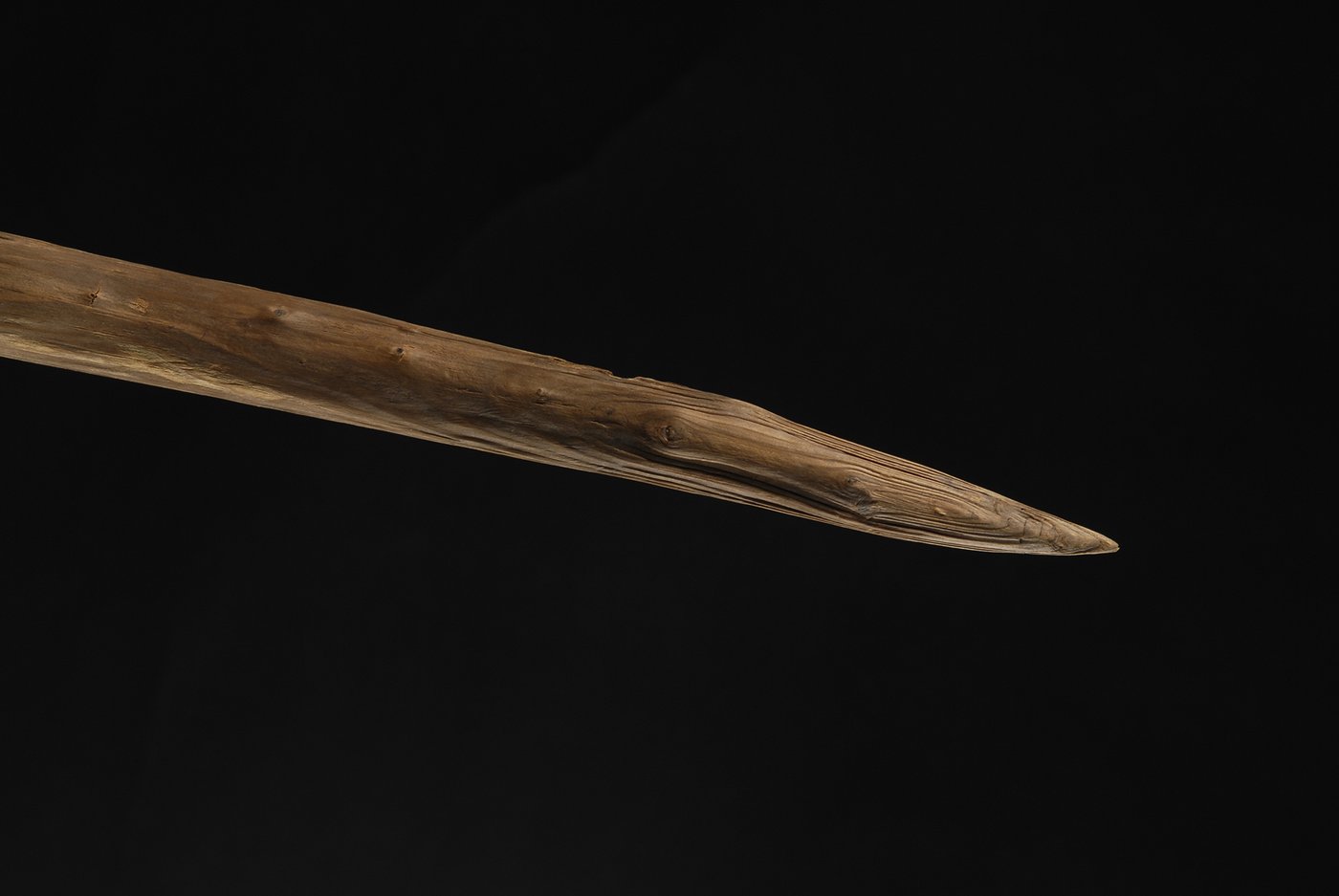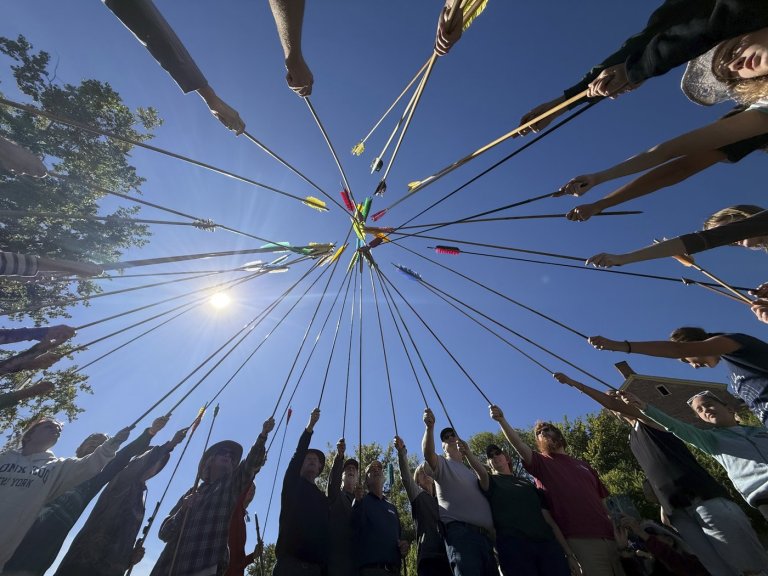
Ancient wooden spears found in Germany may have been wielded by Neanderthals, a new study suggests
NEW YORK (AP) — A set of ancient wooden spears may be younger than scientists thought and wielded by Neanderthals instead of their ancestors.
The complete spears made of spruce and pine are among the oldest known hunting weapons. They were discovered in a coal mine over two decades ago in the German town of Schöningen along with the remains of nearly 50 horses.
Previous estimates dated the spears to 300,000 years ago so scientists thought the weapons belonged to a group of early humans called Homo heidelbergensis — thought to be the last common ancestor between humans and Neanderthals.
But the new analysis using a different dating technique suggests the spears are younger, placing them about 200,000 years old. The new age means the hunting weapons may have been used by Neanderthals instead, according to research published Friday in the journal Science Advances.
Recent work has suggested that some Neanderthals mixed and mated with early humans. The balanced, well-crafted spears could help scientists understand what Neanderthals were capable of and how they worked together to hunt.

The spears are “pretty sophisticated for something that old,” said study co-author Jarod Hutson with the Smithsonian National Museum of Natural History.
But it’s not yet clear why the new dating disagrees with previous estimates. Archaeologist Thomas Terberger with the University of Göttingen said more research is needed to be sure of the spears’ age and who used them to hunt.
“For the moment, I find the arguments interesting, but not absolutely convincing,” said Terberger, who had no role in the new study.

___
The Associated Press Health and Science Department receives support from the Howard Hughes Medical Institute’s Science and Educational Media Group and the Robert Wood Johnson Foundation. The AP is solely responsible for all content.
Join the Conversation!
Want to share your thoughts, add context, or connect with others in your community?
You must be logged in to post a comment.


















